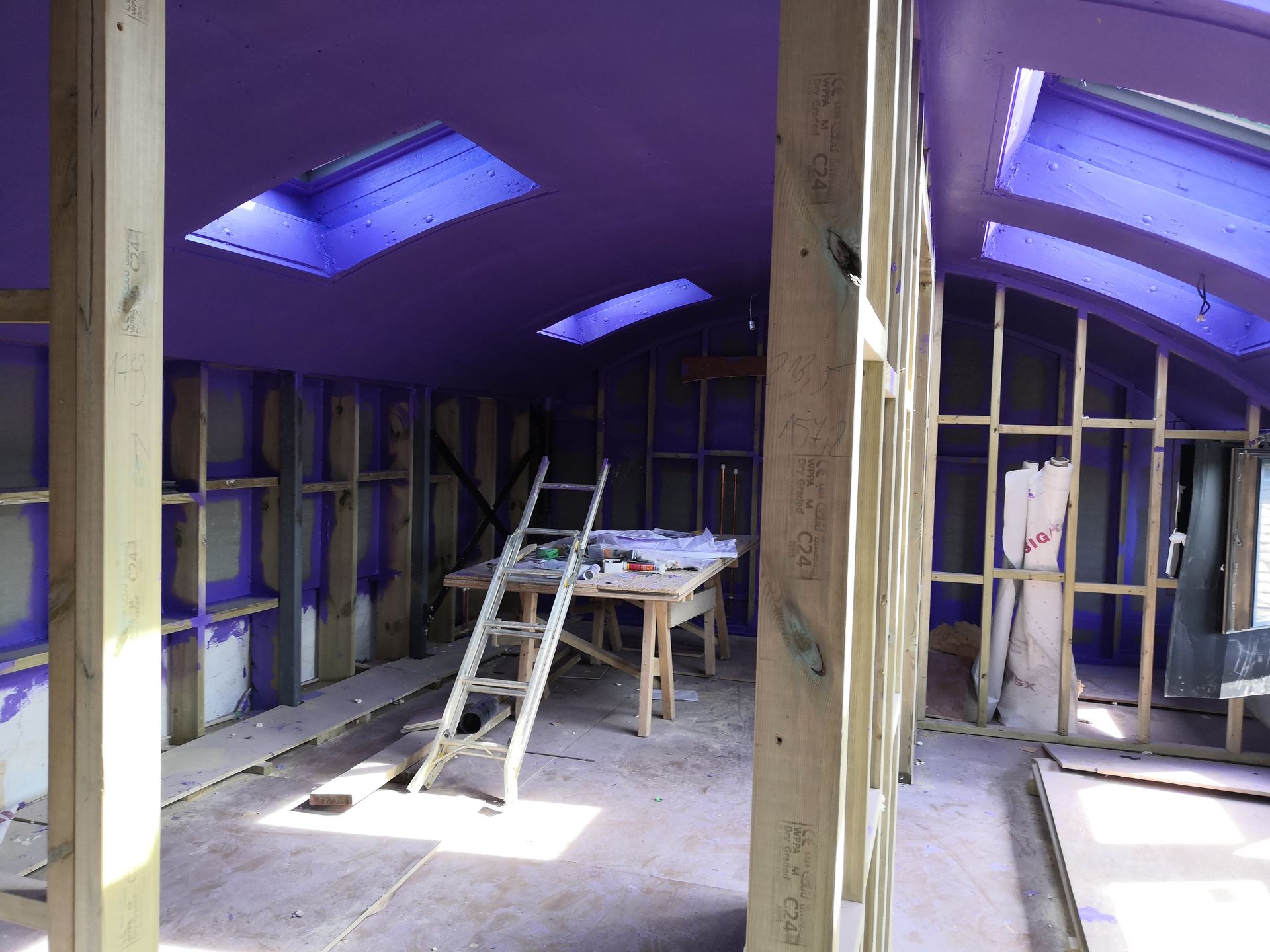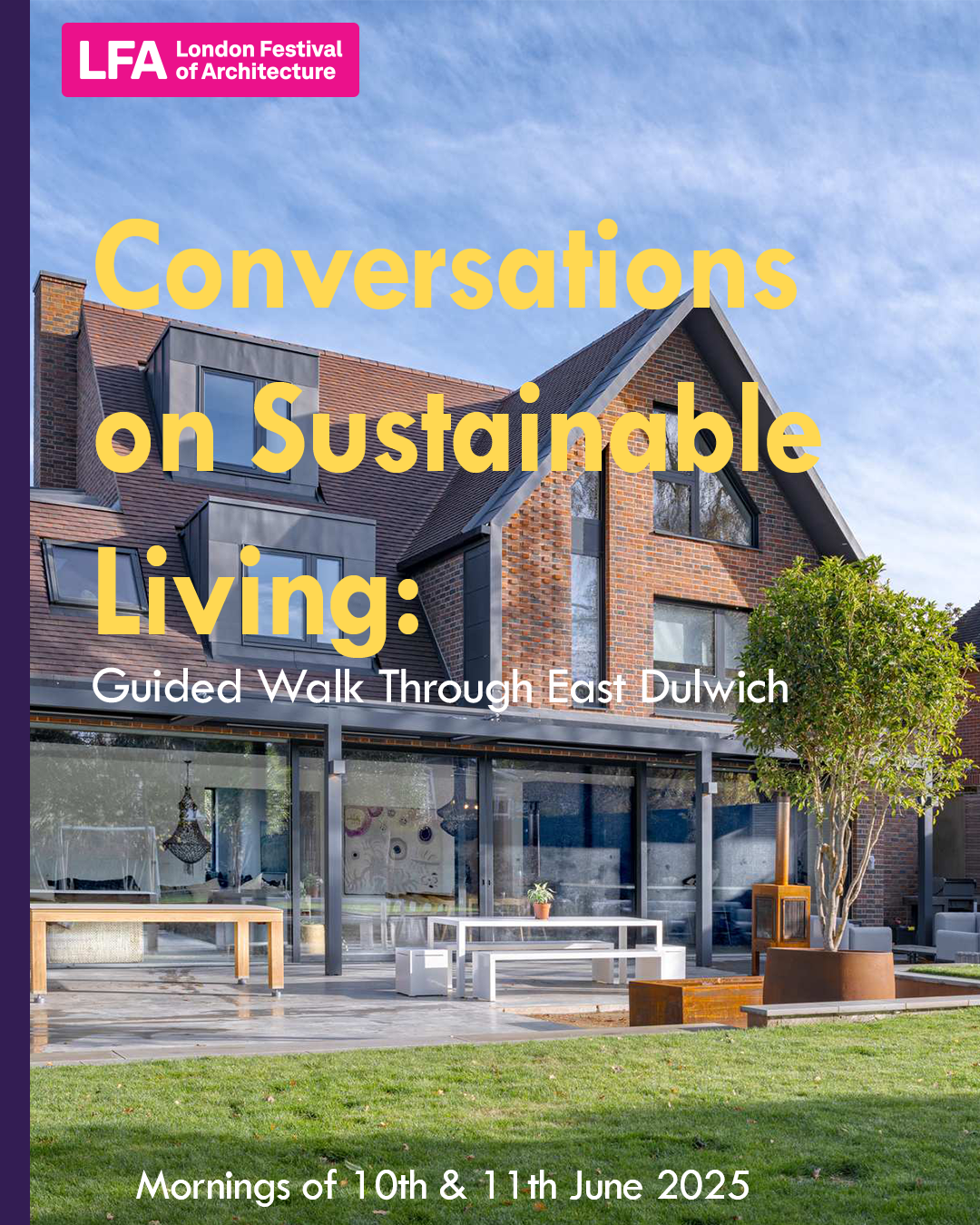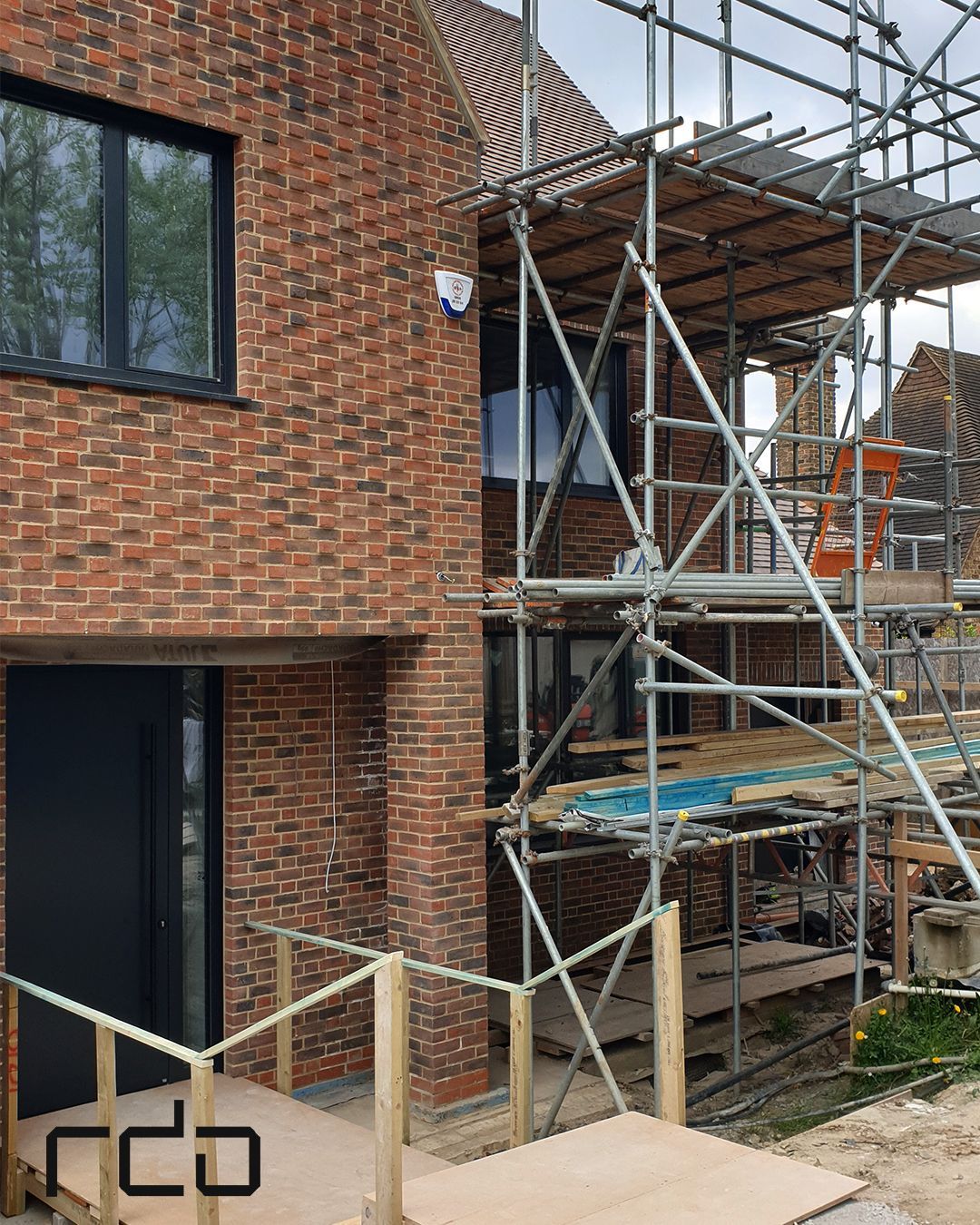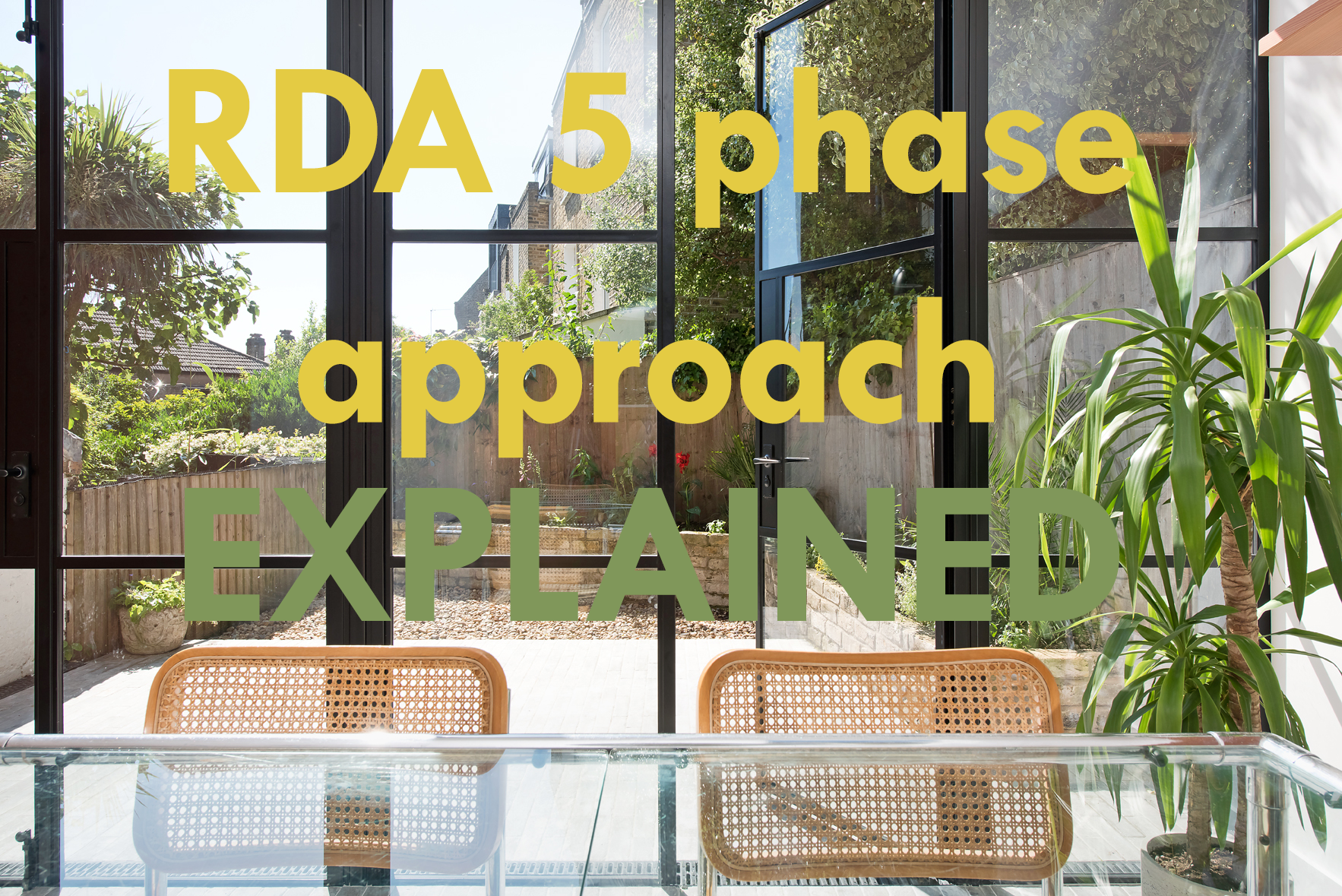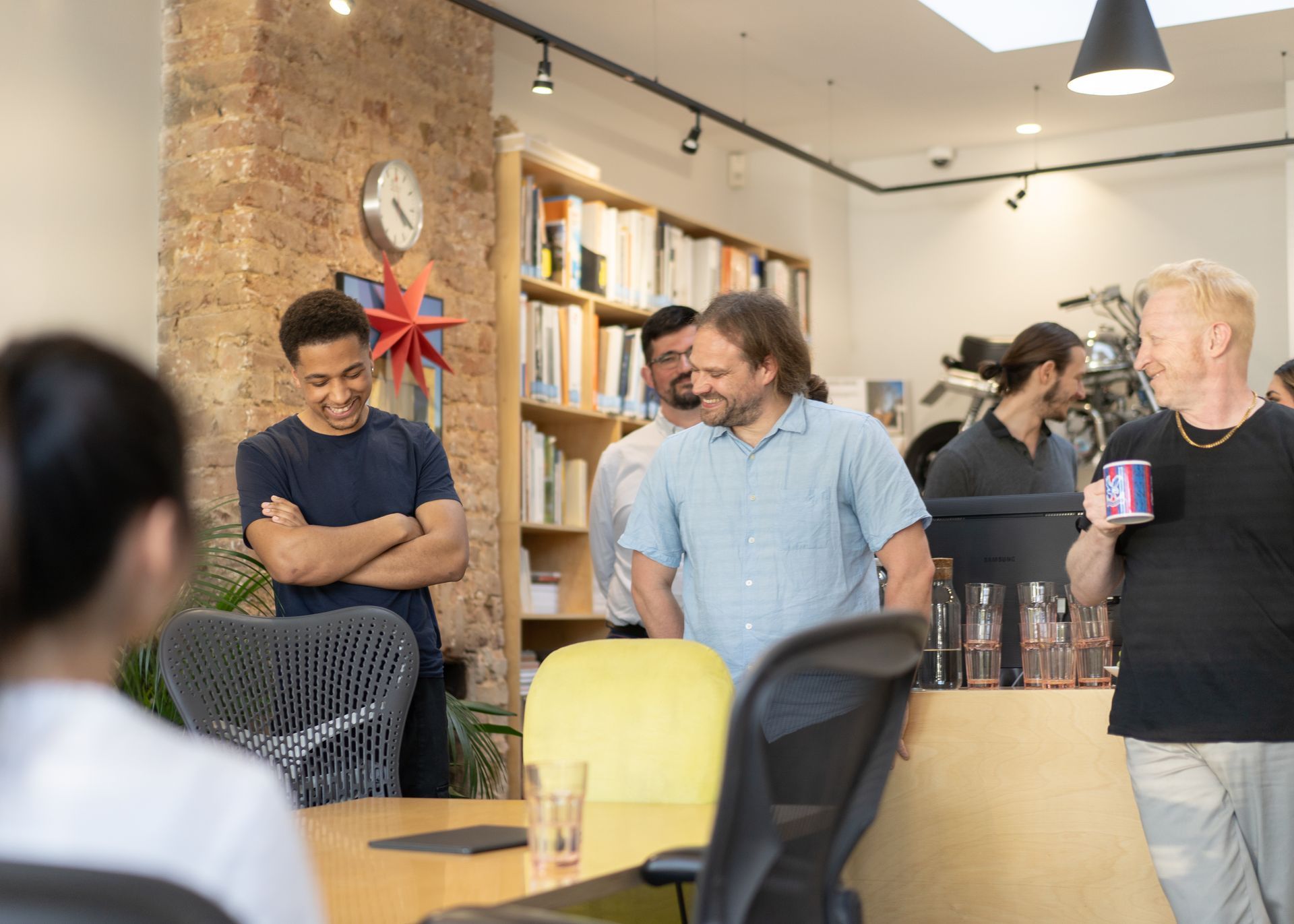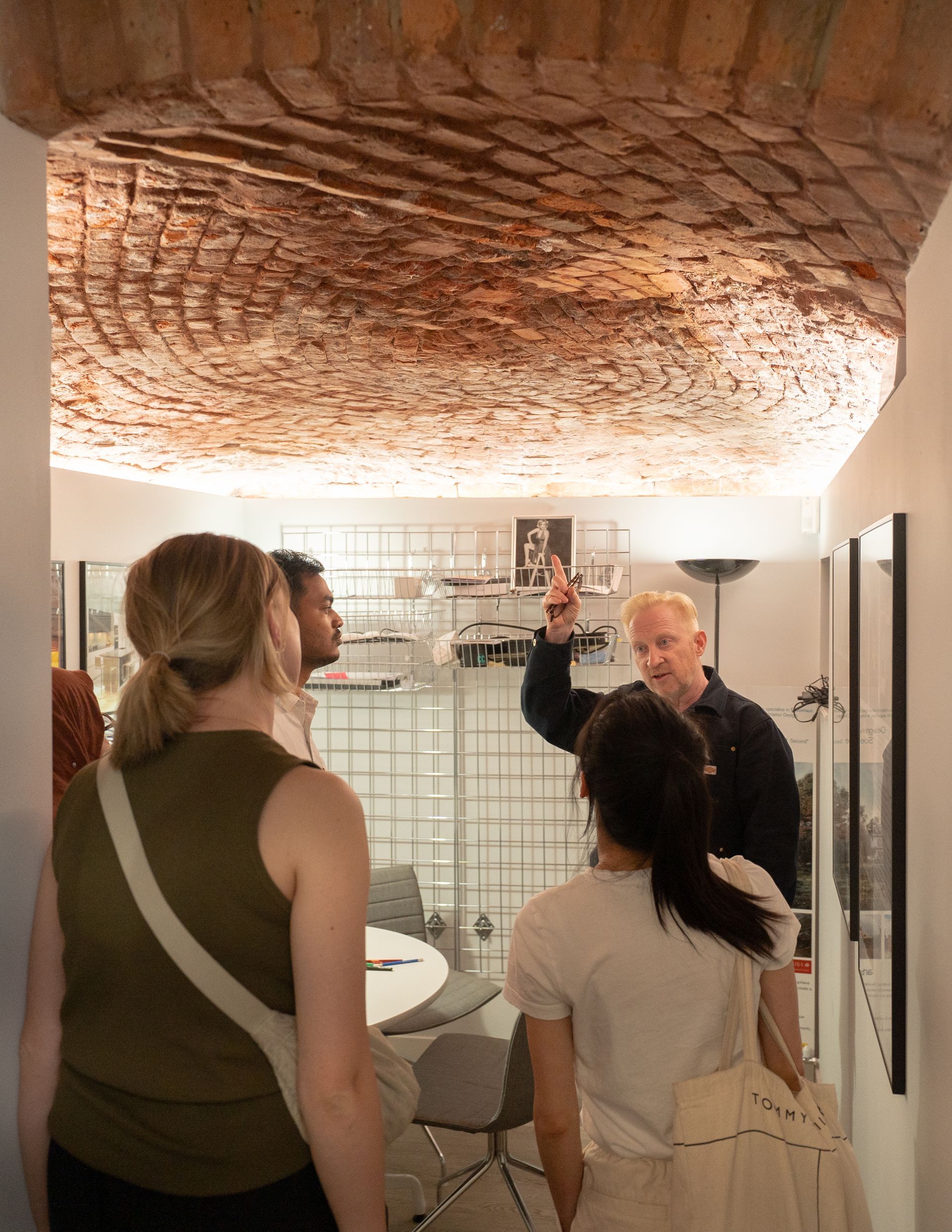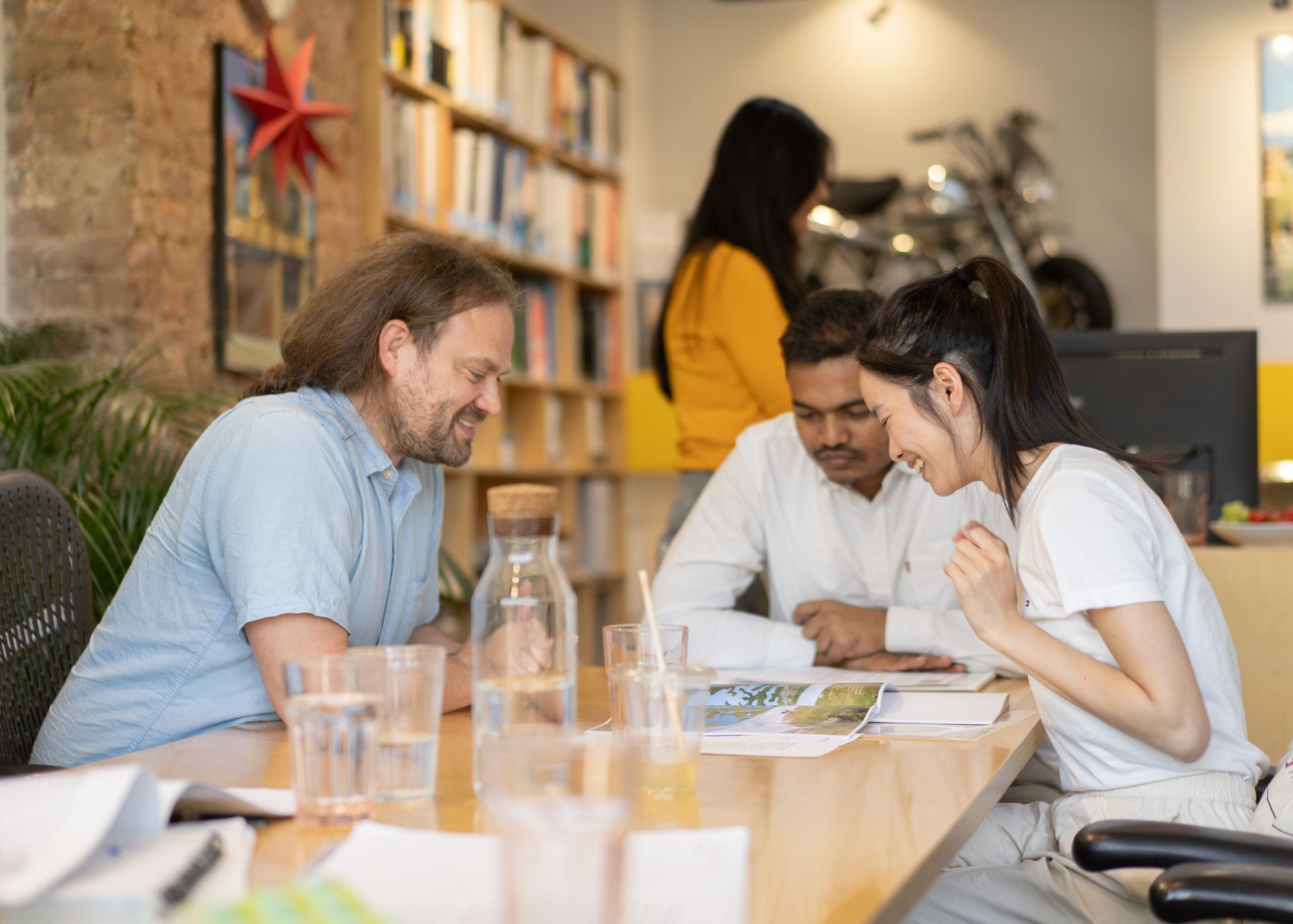Portfolio Tips to Help You Get Hired: A Guide for Part 1 & Part 2 Architecture Students
Portfolio Tips to Help You Get Hired: A Guide for Part 1 & Part 2 Architecture Students
Whether you’re gearing up for your first internship or applying for your Part 2 placement, your portfolio is your most powerful calling card. More than a showcase of work, it's a tool to communicate your thinking, values, and potential as a designer. Here are our top tips to help you stand out:
1. Curate with Intent
Think of your portfolio as a well-edited story, not a scrapbook. Choose 4–6 projects that demonstrate a balance of conceptual thinking, technical strength, and originality. Tailor your selection to each firm you apply to—research what they do and mirror that focus.
2. Structure a Narrative
Lead with impact. Start strong with a compelling project and organise the rest to show progression and breadth. Introduce yourself with a short statement about your design philosophy, and end with a clean, concise CV and contact details.
3. Show Your Working
Sketches, models, and iterations matter. They tell us how you think. Don’t just show the polished final outcome—let your process speak.
4. Keep Your Layout Clean
A clear, professional presentation allows your work to shine. Use consistent fonts, generous white space, and a layout that supports rather than distracts. Adobe InDesign is a great tool for crafting visually cohesive documents.
5. Tailor Every Time
No two studios are the same—your portfolio shouldn't be either. Highlight the projects and skills that resonate with the firm you’re applying to. Personalisation shows commitment and attention to detail.
6. Edit Ruthlessly
Aim for 10–15 pages. Be selective. Less is often more when your work is strong and presented with purpose.
7. Go Digital
Complement your PDF portfolio with a digital presence. A simple Behance profile or personal site can make it easier for employers to find you—and it shows you’re comfortable in today’s digital-first world.
Final Thoughts
Your portfolio is more than a formality: it’s your voice in a competitive field. Treat it as a living document that evolves with your experience. Keep refining it, seek out feedback, and stay curious about what’s happening across the profession.
If you missed this open studio, don’t worry—there’s more to come. We’re planning further workshops and events designed to support your growth, whether you’re just starting out or looking to level up.
In the meantime, check out Sana’s Unpacking the Architecture Portfolio blog post on :scale for more insight and inspiration.
We’re here to help you grow, get noticed, and get hired.
